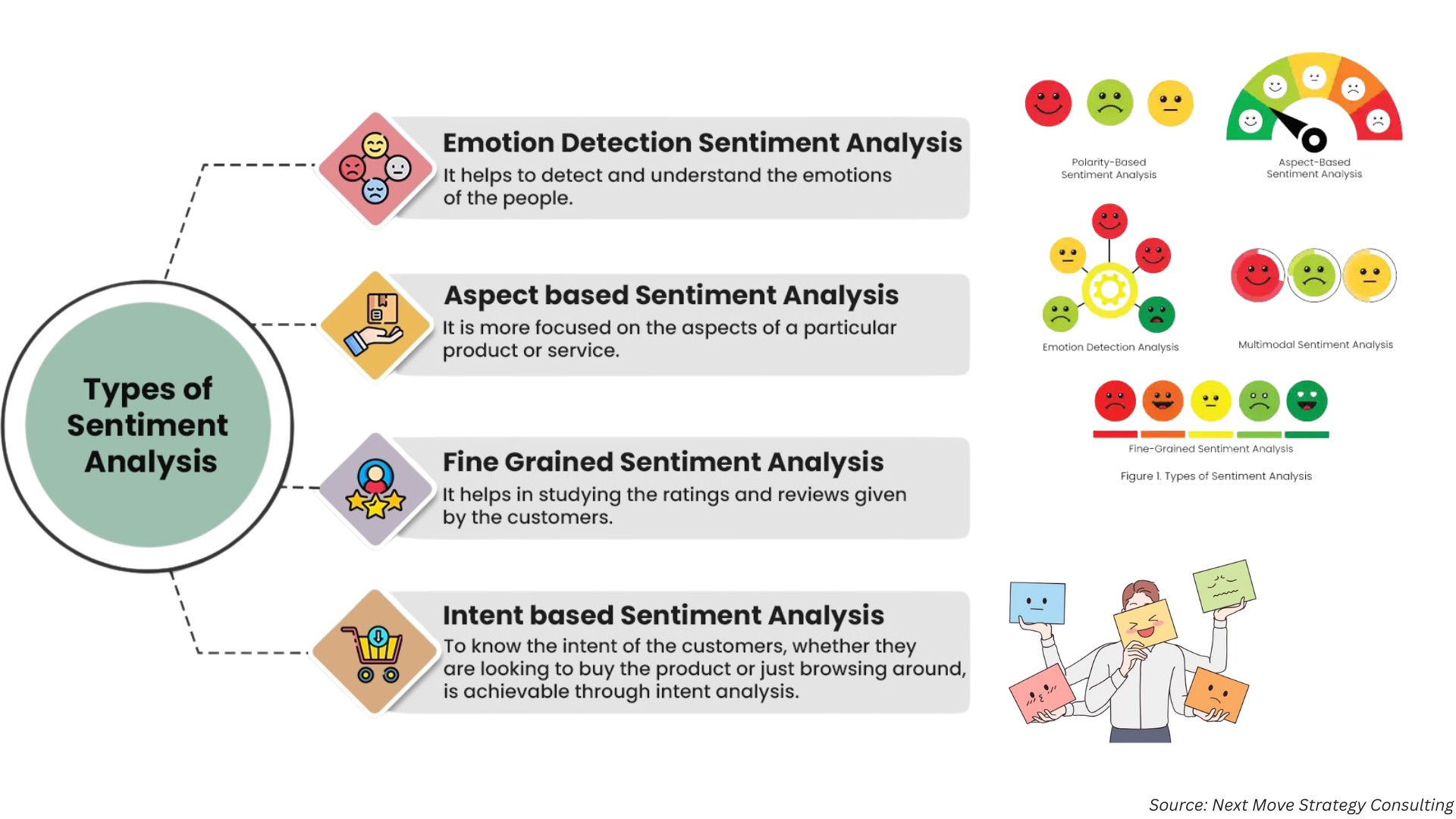Africa Robot Software Market is Expected to Reach USD 535.5 Million by 2030
Published: 2025-02-24
Rising labor costs, workforce challenges, and the convergence of Industry 4.0 and IoT are driving up the Africa robot software market demand during the forecast period.
The Africa Robot Software Market size was valued at USD 138.4 million in 2023, and is expected to reach USD 535.5 million by 2030, with a CAGR of 20.3% from 2024 to 2030, according to the new research by Next Move Strategy Consulting.
The escalating labor costs and the persistent challenges in workforce availability are driving forces propelling the growth of the robot software market in the country. With labor expenses on the rise, particularly in industries dominated by labor-intensive tasks, organizations are actively seeking alternatives to manage costs without compromising productivity. This inclination toward cost-effective solutions has spurred the adoption of automation, including robots, to streamline operations and decrease reliance on human labor.
At the heart of this automation lies robot software, pivotal in facilitating the programming, control, and optimization of robotic systems. By leveraging robot software, organizations can efficiently automate tasks, thereby reducing operational expenses.
Moreover, amid challenges such as skill shortages and demographic shifts in the workforce, businesses are increasingly compelled to invest in robot software solutions. These solutions offer the potential to supplement or even replace human labor, ensuring operational continuity and fostering competitiveness. Consequently, the Africa robot software market demand is poised to rise steadily as organizations continue to embrace automation as a strategic response to labor-related challenges, ultimately enhancing operational efficiency.
Also, the intersection of Industry 4.0 and the Internet of Things (IoT) acts as a major catalyst for the the Africa robot software market expansion. Industry 4.0, characterized by the seamless integration of digital technologies into manufacturing processes, has fundamentally transformed the landscape of industrial automation. With advancements in IoT, this transformation has been further accelerated, revolutionizing how factories operate and enhancing their efficiency.
One of the key contributions of IoT to Industry 4.0 is its ability to enable the creation of interconnected networks of devices and sensors throughout the manufacturing environment. These IoT-enabled devices collect vast amounts of real-time data on various aspects of production, such as machine performance, energy consumption, and product quality.
This wealth of data provides manufacturers with unprecedented visibility and insights into their operations, allowing them to identify inefficiencies, predict maintenance needs, and optimize processes for maximum productivity. Furthermore, IoT facilitates seamless communication and collaboration between different components of the manufacturing ecosystem, including machinery, robots, and human workers. This interconnectedness allows for greater coordination and synchronization of activities, leading to smoother production flows and reduced downtime.
In this context, automation software plays a crucial role in harnessing the potential of Industry 4.0 and IoT technologies. By leveraging advanced analytics, machine learning algorithms, and predictive maintenance capabilities, robot software enables robots to operate more intelligently and autonomously within the manufacturing environment. This, in turn, enhances the overall efficiency, productivity, and flexibility of the production process.
Moreover, the principles of Industry 4.0 emphasize agility, flexibility, and scalability, driving the demand for robot software solutions that can seamlessly integrate with existing systems and adapt to changing production requirements. As a result, the synergies between Industry 4.0 and IoT are driving the adoption of robot software across industries, fueling innovation and efficiency in industrial automation processes.
However, the presence of cybersecurity and data protection challenges linked with robot software serves as a significant obstacle to the market's growth in the country. As robots become more interconnected within digital ecosystems, they become susceptible to various cyber threats, such as unauthorized access, data breaches, and malware attacks.
Insufficient cybersecurity measures within autonomous robotics software can jeopardize sensitive data, intellectual property, and operational integrity, potentially resulting in financial losses and reputational harm for organizations. Furthermore, with the rise of IoT-enabled robots and the accumulation of large data volumes, there is an increased risk of data privacy breaches and non-compliance with regulations.
Consequently, organizations are cautious about adopting robot software solutions lacking robust cybersecurity features and data protection mechanisms, which impedes the Africa robot software market growth. On the contrary, the proliferation of Robotics-as-a-Service (RaaS) is reshaping the landscape of the Africa robot software market, ushering in a more accessible and cost-efficient avenue for organizations to integrate robotics solutions into their operations.
RaaS frameworks offer comprehensive packages encompassing robotic hardware, software, and accompanying services through subscription models, eradicating the need for substantial upfront investments. This subscription-centric approach significantly diminishes barriers to entry, particularly for small and medium-sized enterprises (SMEs) or entities with constrained financial resources, empowering them to harness the capabilities of robotics technology without shouldering the weighty financial burden associated with ownership.
Moreover, RaaS arrangements typically encompass maintenance, support, and continuous software updates, augmenting the overall value proposition and streamlining the deployment process. By democratizing access to robotics technology and advocating for a pay-as-you-go paradigm, the proliferation of RaaS unlocks fresh avenues for the Africa robot software market expansion, propelling adoption across diverse industries and catalyzing innovation within robot software solutions.
Request for a Sample PDF on the Africa Robot Software Market
Several market players operating in the Africa robot software industry include IBM, NVIDIA, ABB Ltd., FANUC, Teradyne, Inc., H2O.ai, Brain Corp, CloudMinds, Clearpath Robotics, and Neurala, Inc. These companies are adopting strategies to maintain their dominance in the Africa robot software sector.
Key Insights from the Africa Robot Software Market Report:
-
The information related to key drivers, restraints, and opportunities and their impact on the Africa robot software market is provided in the report.
-
The value chain analysis in the market study provides a clear picture of the roles of each stakeholder.
-
The report provides the market share of players in the Africa robot software industry along with their competitive analysis.
















Add Comment